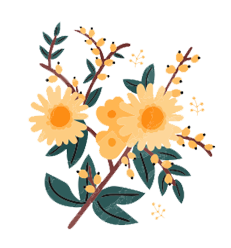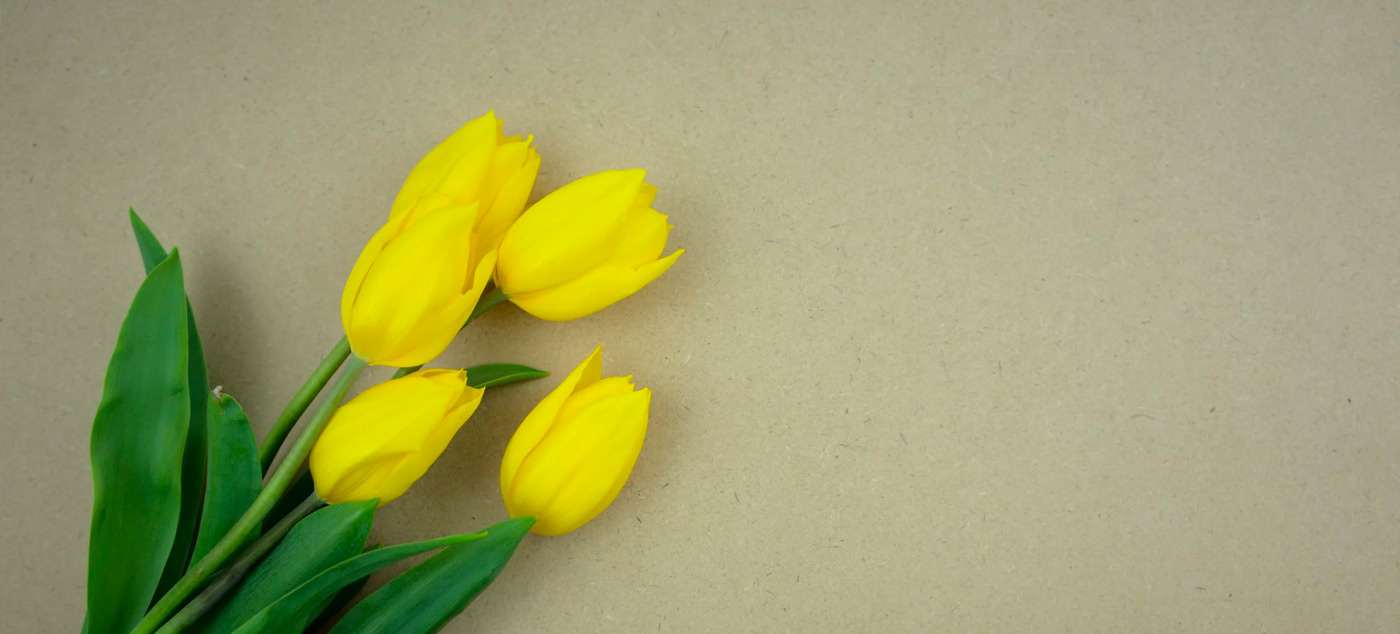The Timeless Elegance of Floral Design: From Classic to Contemporary
Sponsored Listings


Floral design is an art form that has captivated hearts for centuries. From elaborate bouquets adorning royal banquets to minimalist arrangements gracing modern weddings, the beauty of flowers transcends time and trends. In this blog post, we’ll explore the enduring allure of floral design, from its rich history to its modern interpretations.
A Glimpse into History
The history of floral design is as rich and diverse as the flowers themselves. Ancient civilizations, such as the Egyptians, Greeks, and Romans, revered flowers for their beauty and symbolism. Floral wreaths were often worn as symbols of victory or honor, while elaborate arrangements adorned temples and palaces.
During the Renaissance period, floral design experienced a revival as artists and poets drew inspiration from nature’s bounty. Intricate floral patterns adorned textiles, tapestries, and paintings, reflecting the era’s fascination with the natural world.
The Language of Flowers
Flowers have long been associated with symbolic meanings, allowing individuals to convey emotions and messages through carefully chosen blooms. This tradition, known as the language of flowers or floriography, reached its peak during the Victorian era.
Each flower carries its own significance, from the passionate romance of red roses to the innocence of lilies. By incorporating specific flowers into their designs, floral artists can convey a deeper layer of meaning, adding an extra dimension to their creations.
From Classic to Contemporary
While traditional floral design continues to enchant with its timeless elegance, modern interpretations have ushered in a new era of creativity and innovation. Contemporary floral artists experiment with unconventional materials, bold color palettes, and avant-garde arrangements, pushing the boundaries of traditional aesthetics.
Sustainable practices have also become increasingly important in the world of floral design, with many artists opting for locally sourced, seasonal blooms and eco-friendly techniques. From organic garden weddings to minimalist floral installations, sustainability is shaping the future of floral design.
The Art of Arranging
At the heart of floral design lies the art of arranging flowers, a skill that requires both technical expertise and artistic flair. From selecting the perfect blooms to creating harmonious compositions, floral artists meticulously craft each arrangement to evoke a specific mood or atmosphere.
Whether it’s a grand centerpiece for a lavish event or a simple bouquet to brighten someone’s day, floral design has the power to transform spaces and uplift spirits. The beauty of flowers lies not only in their visual appeal but also in the emotions they evoke and the memories they create.
Floral design is a timeless art form that continues to inspire and enchant people around the world. From its ancient origins to its modern interpretations, the beauty of flowers transcends time and trends, bringing joy and beauty to every occasion. Whether classic or contemporary, floral design celebrates the enduring allure of nature’s most exquisite creations.

 The Psychology of Floral Design
The Psychology of Floral Design